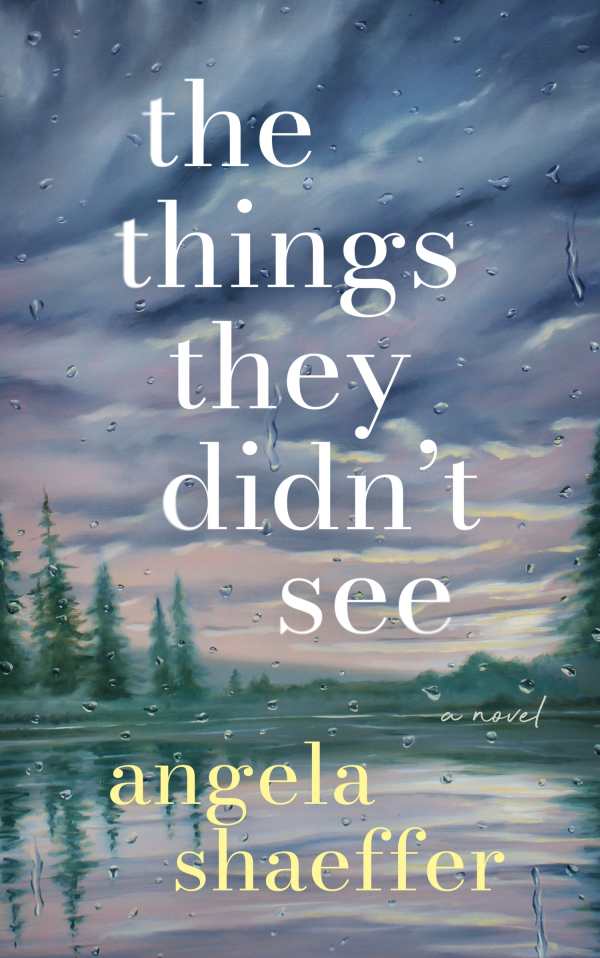
The Things They Didn't See
Focused but episodic, the novel The Things They Didn’t See is about the sharp realities surrounding grief.
In Angela Shaeffer’s heartrending novel The Things They Didn’t See, a family navigates the serious fallout of a boy’s drowning.
Jill is an efficient mother who prides herself on nurturing a warm family life. After her son Connor dies during a lakeside storm, she fears losing her remaining children. Her husband, Matt, disagrees with the way she compartmentalizes her mourning; he yearns to grieve together. As they struggle to return to their pre-accident parenting habits, their marriage becomes more vulnerable, though no less informed by mutual love. A rift grows between Jill and her father, who pulled Connor from the water, too. And Jill’s teenage son, Jake, bristles over her now-controlling ways, judging her in a harsh manner.
Told via multiple perspectives, the novel shows people reacting to their pain with varied success. For some, it’s a coiling matter best handled in private, including through beautiful artistry. Jill’s father is a woodworker who tailors each bowl to its recipient’s life, and Jake learns to work with sea glass as a way to cope with his feelings. But for others, grief is insidious, as evidenced by Jill’s tension and occasional breakdowns.
Focused but episodic, the book covers sharp realities surrounding grief: When the family shares the painful news of Connor’s death, they feel branded by the event. Accepting help is tough. And visiting Connor’s room strikes them with his presence and absence, while knowing when and whether they’re free to talk about him becomes fraught. Such candor, which is stripped of sentimentality and is written to let people’s weaknesses unfurl, contributes to the book’s aching undercurrent.
Still, daily life continues. Jill tends to her youngest son, Henry, and to Jake’s soccer and driving practice. Indeed, the novel’s focus on managing grief while parenting and dealing with household burdens results in a sympathetic excavation of Jill’s character. Others consider her strict, yet it’s clear that she tries to maintain order out of love and the shaky belief that no one else is stepping in. As her family learns to hold raw conversations, they begin to heal.
While Jill’s fears about failing as a parent and Jake’s need to feel understood are handled with nuance and tenderness, propelling both of them toward eventual growth, a digression to cover a student of Jill’s who engages in self-harm is less compelling. Here, Jill admits that her concern is more about distracting herself from her own problems than it is about the student. Further, the girl’s point of view, which includes peeks into the situation in her own household, is interruptive to the story on the whole. Still, the book’s buildup of quiet devastation is steady, and the family’s first year of grief culminates in satisfying hope.
In the cathartic novel The Things They Didn’t See, a family’s personal and collective grief inspires reminders about the importance of loving each other.
Reviewed by
Karen Rigby
Disclosure: This article is not an endorsement, but a review. The publisher of this book provided free copies of the book and paid a small fee to have their book reviewed by a professional reviewer. Foreword Reviews and Clarion Reviews make no guarantee that the publisher will receive a positive review. Foreword Magazine, Inc. is disclosing this in accordance with the Federal Trade Commission’s 16 CFR, Part 255.
